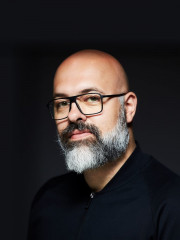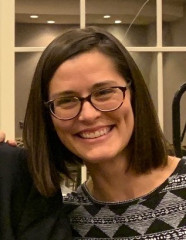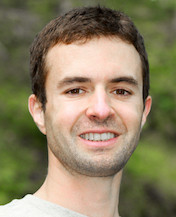SESSION + Live Q&A
Lessons From DAZN: Scaling Your Project with Micro-Frontends
Micro-frontends are a new architectural trend in the development of frontend applications. This architectural style can provide several benefits to your projects and organization, offering a level of decoupling never seen before in single-page applications or universal architectures. That said, micro-frontends need to be explored in practice.
Based on his work at DAZN, Luca Mezzalira explains how to implement micro-frontends, enabling you to scale up a project with tens of developers without reducing the throughput.
What work are you doing today?
I'm VP of Architecture at a company called DAZN. It's similar to Netflix but for live sports mainly and video-on-demand. It's a platform dedicated to sports. We are available in nine countries and we have a ton of devices that we are targeting between consoles, TVs, set top boxes, web browsers and mobile. I had the possibility to build the application and the platform twice so far. The first version was designed for speed to market. The second version is built for scalability. What I'm sharing in my talks is mainly based on this experience that I find quite unique and it's pretty interesting for me talking about scalability, not only for back-end, but also for front-end.
What's the goal of the talk?
My main aim is trying to provide the experience that we went through in the last two years. I know that currently in the JavaScript community, micro-frontends are a hot topic. Also, many people have a lot of misconceptions around that. And you can read a lot of information online but it is not everything right. I'm trying to shed some light on how we approach micro-frontends for an organization that moved from a single page application to this new architecture with different teams that are working in four different locations in Europe and therefore how we scale our projects and how we overcome several challenges in order to release our application on web and TV devices.
What would the persona be that you are addressing in this talk?
I believe that the perfect attendee for this talk is a tech lead or a senior engineer or a CTO or an architect that is looking at a solution to scale their front-end work. On the back-end, we have ways and consolidated patterns that we can use in order to create distributed systems. On the front-end, there aren't many, and we are exploring them right now and having the possibility to work for more than two years on these projects. Having international exposure allowed us to see the benefits of this approach, I believe that all those roles could benefit a lot from understanding what are the drawbacks and what are the pain points.
What are the actionable takeaways that you'd like the attendees to take from your session?
What I would like to give during my talk is having the possibility to understand that micro-frontends can be a valid solution for the next project that they are working on or for an existing project or product that they are building. The other thing that I believe would be very beneficial for attendees is the fact that I'm going to share insights from the trenches. It's something that I live and breathe with the developers, with the themes, working with them understanding their problems that they're facing and then overcome those problems. All these experiences will be reversed in my talk.
Speaker

Luca Mezzalira
Principal Solutions Architect @AWS
Luca is a Principal Solutions Architect at AWS, an international speaker and an author. Over the past 18 years, he’s mastered software architectures from frontend to the cloud, providing the right solution for the context.
Read moreFind Luca Mezzalira at:
From the same track
Tesla Virtual Power Plant
A Virtual Power Plant (VPP) is a network of distributed energy-resources (often solar, wind, and batteries) that are aggregated to provide smarter and more flexible power generation, distribution, and availability. A VPP leverages assets for more than one purpose, and, in doing so, decentralizes...

Colin Breck
Sr. Staff Software Engineer @Tesla

Percy Link
Staff Software Engineer @Tesla
eBPF - Rethinking the Linux Kernel
The Linux kernel is undergoing the most fundamental architecture evolution in history and is becoming a microkernel. Why is the Linux kernel evolving into a microkernel? The potentially biggest fundamental change ever happening to the Linux kernel. This talk covers how companies like Facebook and...

Thomas Graf
Founding Member @CiliumProject
Evolution of Financial Exchange Architectures
The Disruptor was announced 10 years ago. A concurrent library for the Java programming language which provided a low-latency, high-throughput means to do asynchronous event processing as a central component to the LMAX's architecture.In the 10 years since Disruptor, Financial Exchange...

Martin Thompson
High Performance & Low Latency Specialist
Managing Systems in an Age of Dynamic Complexity
Why is it that a single server can often have better uptime than a public cloud service?We used to manage systems. Instead, many of us now write and run dynamic control planes: the systems that run our user-facing systems. We find the dynamic control plane pattern in software-defined networking,...

Laura Nolan
Site Reliability Engineer @Slack, Contributor to Seeking SRE, & SRECon Steering Committee
Designing a Real-Time Global Sportsbook (From Scratch!)
Have you ever found yourself working on an established product and secretly wishing you could start it all again from scratch? Given the chance to pick from modern languages, platforms and technologies, how would you design your dream architecture? 12 months ago we were given this...

Ian Thomas
Senior Principal Engineer @thestarsgroup


